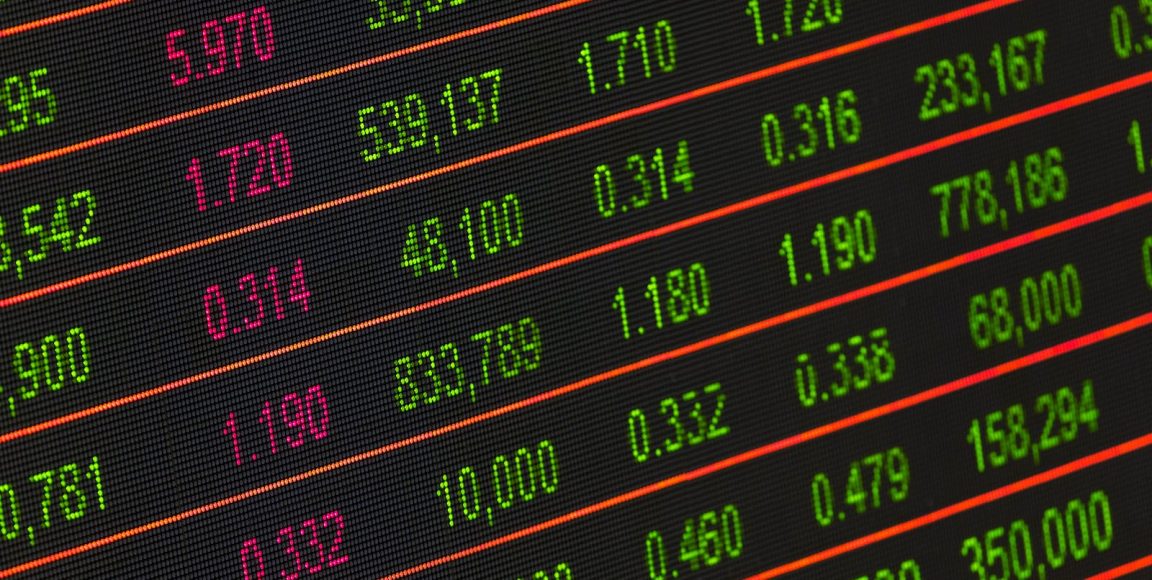Foreign exchange is also known as the Forex or FX market and is the largest and the most liquid financial market in the world. FX attracts investors and market speculators from all over the globe due to the fact that trading currency pairs has numerous advantages:
- High liquidity gives traders tight spreads
- The market is open 24 hours a day on business days
- Registration and account opening is easy as there are low barriers to entry
- Information is widely available for conducting extensive technical and fundamental analysis online
- There’s a wide range of quality education available online, via books and seminars
- Traders can benefit from both bull and bear markets by going long or short respectively
Tight spreads – (spread explained in detail here), spreads are the difference between bid and ask prices. Some brokers include trading fees in spreads as markups, but spreads themselves are naturally occurring in the market. As a trader, you want a trading environment where there are lots of buyers and sellers so that you’ll be able to get the best prices on goods.
The most liquid FX pairs are major currency pairs, such as:
- The euro and US dollar – EUR/USD is the most liquid
- The US dollar and Japanese Yen – USD/JPY.
- The British pound sterling and US dollar – GBP/USD.
- The US dollar and Swiss franc – USD/CHF.
- The Australian dollar and US dollar – AUD/USD.
- The US dollar and Canadian dollar – USD/CAD.
- The New Zealand dollar and US dollar – NZD/USD.
Liquidity and increased interest from traders determines how prices on currencies will change. Moreover, there are more factors to take into account. Let’s dive deep to find out more on the topic.
What determines currency prices on the FX market?
Increased interest that is often easy to spot using volume indicators drives sharp currency fluctuations. When traders buy an asset, the price increases, and when they sell the asset, the price decreases. Amateurs typically say that prices drop when there are more sellers than buyers and vice versa, but in reality, this is simply not true. In financial markets, the number of buy contracts are always equal to the sell contracts, otherwise trades would not be made.
There are two general order types in trading: market orders and limit orders. Market orders enable traders to buy or sell assets at current prices, in the current moment. And limit orders enable traders to buy or sell from specific, predetermined prices. Price is made when buyer and seller agree, and it’s displayed on your trading platform. Increase in price is caused by market orders that buy from current sellers and move price upper limit orders (predetermined levels from where other inventors are selling).
In order to better understand the process, let’s take a look at the table:
| Buyers (Limit orders) | How is the price is made? | Sellers (Limit orders) |
| BID size | Price | ASK size |
| 103 | 1 | |
| 102 | 3 | |
| 101 | 14 | |
| 5 | 100 | |
| 2 | 99 | |
| 3 | 98 |
Market order comes, buy order buys from the first passive seller (14 – at price 101), and the price is created.
Let’s say the buyer buys 5 contracts out of 14, 9 contracts are still left, and therefore, the price remains unchanged. Next buyer buys 10 contracts using market order and price goes up buy 1 point.
Aggressive sellers and aggressive buyers move markets (market orders) and passive sellers and passive buyers stop prices (limit orders).
As you can see from this simple example, the notion that price goes up because there are more buyers than sellers is wrong. Buy orders always equal sell orders.
Who are the FX market participants?
If you ask an economist the question, why is making money difficult for most people, he or she will reply that because there is a great competition. And indeed, many market participants are your competitors when it comes to placing profitable orders. Let’s take a look at the list of FX market participants:
- Retail Traders and speculators
- Institutional traders
- Commercial Banks
- Central Banks
- Governments
- Hedge Fund Managers
- Exchange-traded funds
- Multinational Corporations
- Merchants
It’s worth mentioning that some institutions do not seek to make money in the market, for instance, central banks and governments do their best to keep national currencies stable. And they use the FX market to reach that goal. Commercial banks need the FX market for liquidity. Multinational corporations and merchants use the market to exchange global currencies to conduct operations and pay salaries.
Your main competitors are retail and institutional traders, pension funds, hedge funds, mutual funds and wealth management firms. Long, short and medium term investors and speculators are competing with one another. When it comes to algorithmic trading, the competition is also fierce. There are robots that predict your trading decisions. And there are algorithms that predict what the robots that predict your moves will do. We are living in an era when computing power is becoming increasingly better each year. The best algorithms and technologies find their place in financial markets. However, it’s worth mentioning that while robots have no emotions, do not need sleep or take vacations, they have certain drawbacks compared to us. Humans are better at analysing economic and political events than robots do. Let’s take a look at how humans invest or speculate on the market.
How traders and investment firms make trading decisions?
Retail traders use technical and fundamental analysis to speculate on the markets. In general, traders that trade CFDs, such as Forex currency pairs, are speculating on the market and do not use long term investment strategies. CFDs are great for short and medium term trading as traders get access to high leverage, great liquidity and the ability to trade both bull and bear directions.
Fundamental analysis is based on political and economic announcements such as:
- The consumer price index, CPI – that measures the level of inflation
- Interest rate decisions – made by central banks to counter high inflation
- Jobless Claims – shows the strengths of the economy
- Building permits
- Imports, Exports, and trade balance
- Home loans, etc.
Technical traders analyse past performance using technical indicators, chart and candlestick patterns and support and resistance levels. Purely technical traders avoid trading during or before major announcements to avoid unpredictable price changes.
Retail traders do not require high liquidity, and they can trade 24/5 due to the fact that their trading capital is limited.
When it comes to institutional trading, institutions require high liquidity to make sure its orders will get filled. Highly liquid trading sessions such as London and New York are usually used by the institutional traders for order placement. Institutions typically have a different approach to trading than retail traders. They actively use trading algorithms and modern technology to boost their chances. As for fundamental trading, they use similar to long term investment approaches. Traders study assets they are willing to invest in extensively and come up with trading ideas. Most of the trading ideas may never get executed.
In order to be able to compete, it’s best to avoid placing orders against big institutions. Increase in volume can help retail traders identify large participants. Understanding how the markets work can help beginner traders make better trading decisions and increase their account balance.



